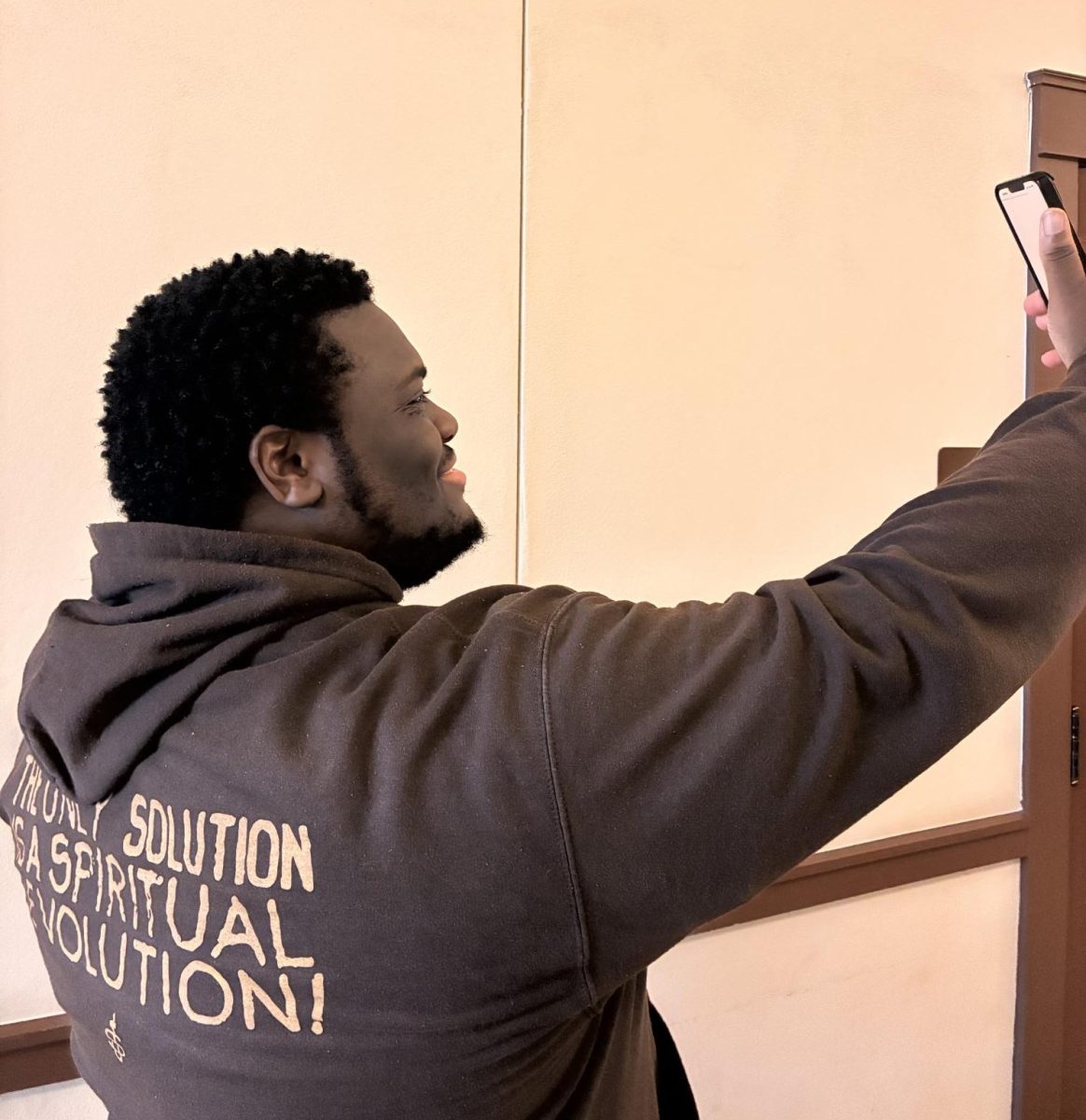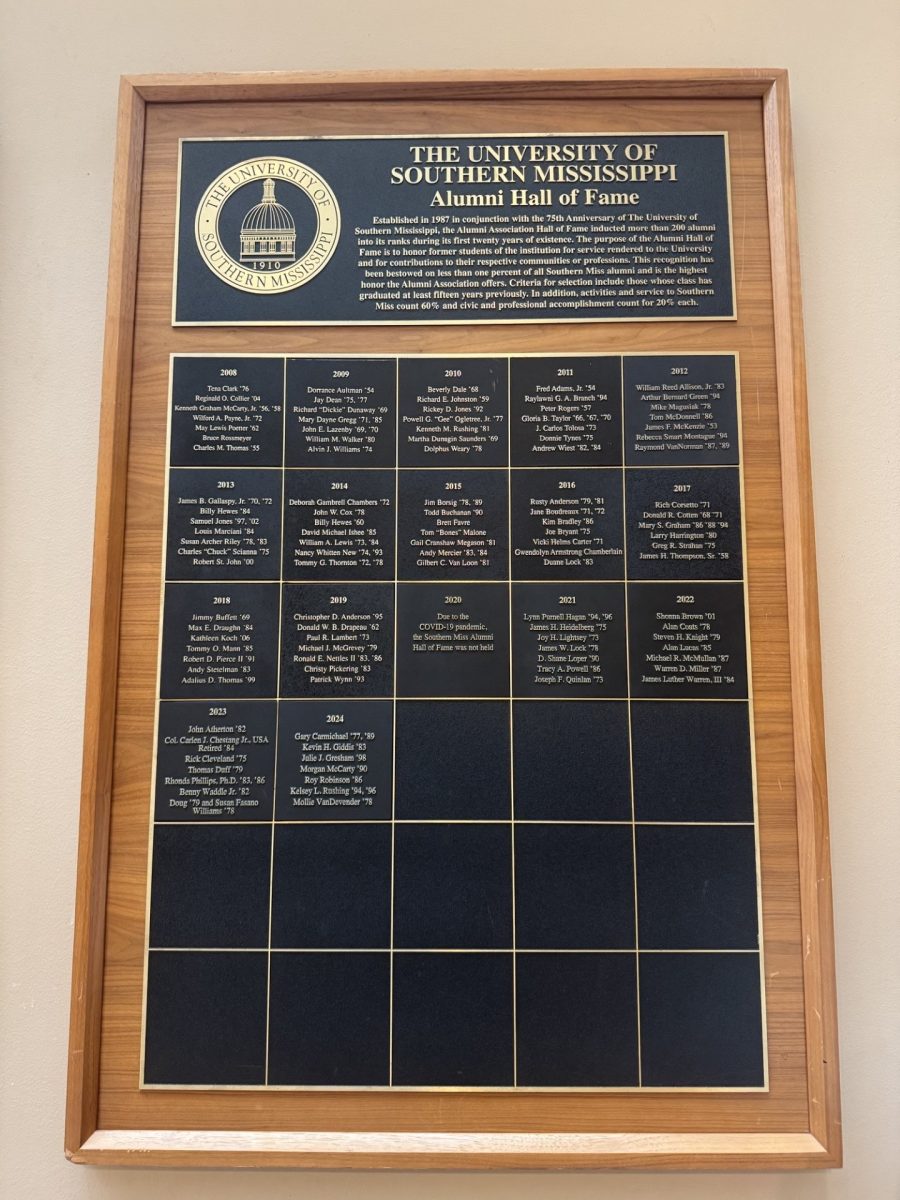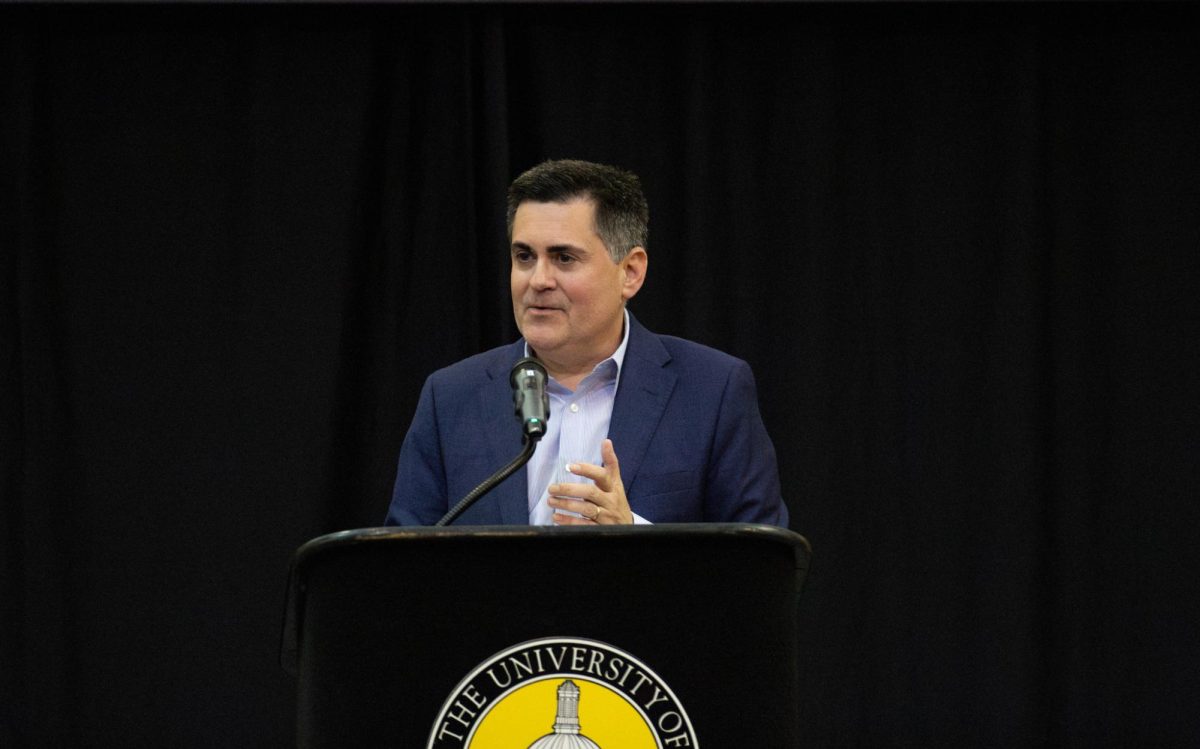The Biology Department is offering two new 400-level electives that are not offered often next semester: Histology and Mammalogy.
John Bailey will teach Histology, and Marks McWhorter will teach Mammalogy, according to Shiao Wang, a professor of biology and interim chair of the Department of Biological Sciences.
Wang said the classes are not offered often because they are elective courses thus not essential of a Bachelors of Science. While he had not seen expressed student interest directly, he said, “both courses are now full, suggesting student interest in both.”
Histology is the study of tissue sectioned as a thin slice, using a microtome, according to the Science Daily website. “It can be described as microscopic anatomy.”
According to Bailey, histology is the study of cells and tissues of a living organism and how those cells and tissues contribute to the structural and functional makeup of organ systems such as the cardiovascular system or the nervous system within an entire organism.
The course will contain material over the fundamentals of cell biology, basic tissue types and end with microscopic anatomy of the organ systems found in mammals’ bodies, according to Bailey.
“The course is good preparation for those students who are applying to medical, dental and veterinary schools and related professional school programs,” said Bailey, who mentioned that histology is typically covered during the first year of professional school. “The course may also be good for graduate students who need an in-depth exposure to microscopic anatomy for their goals related to research and/or teaching.”
This is not Bailey’s first experience with histology. He previously taught the course at USM with the Department of Biological Sciences from 1993 to 1998. His students have gone on to medical, dental and veterinary school, and histology was a fundamental study at these professional schools. After USM, Bailey taught histology in the College of Veterinary Medicine at Mississippi State University from 1998 to 2009.
In his own academic career, he was first introduced to histology as a graduate student at USM in 1989 and has proven to be instrumental in his own research and teaching.
The Department of Biological Sciences is also offering a mammalogy course.
“In its basic definition, mammalogy is the study of mammals, endothermic vertebrates that usually have fur, specialized skin glands and in most cases, a strong intelligence,” said McWhorter, the teacher of the course and outreach coordinator with the Department of Biological Sciences.
In the course students will learn the process of identifying mammals among 29 existing mammalian orders, examine life history traits, analyze the evolutionary relationships between mammals and understand the behavioral and physiological specializations seen with the group, according to McWhorter.
“The course is for students with an interest in learning about the biology of the mammalian class, whether it be students with a desire to enter the zoo or aquaria field, an ecological position or veterinary school,” McWhorter said.
In order to sign up for these classes in SOAR, the student must complete the prerequisites and also take the adjoining lab. For histology, which is BSC 461 in SOAR, 12 hours of biology must be taken first. For Mammalogy, which is BSC 419 in SOAR, the two introductory biology courses—BSC 110 and BSC 111—must be completed and the class Comparative Anatomy BSC 361 is recommended.
For more information about these two courses, contact the Department of Biological Sciences or check their website.































